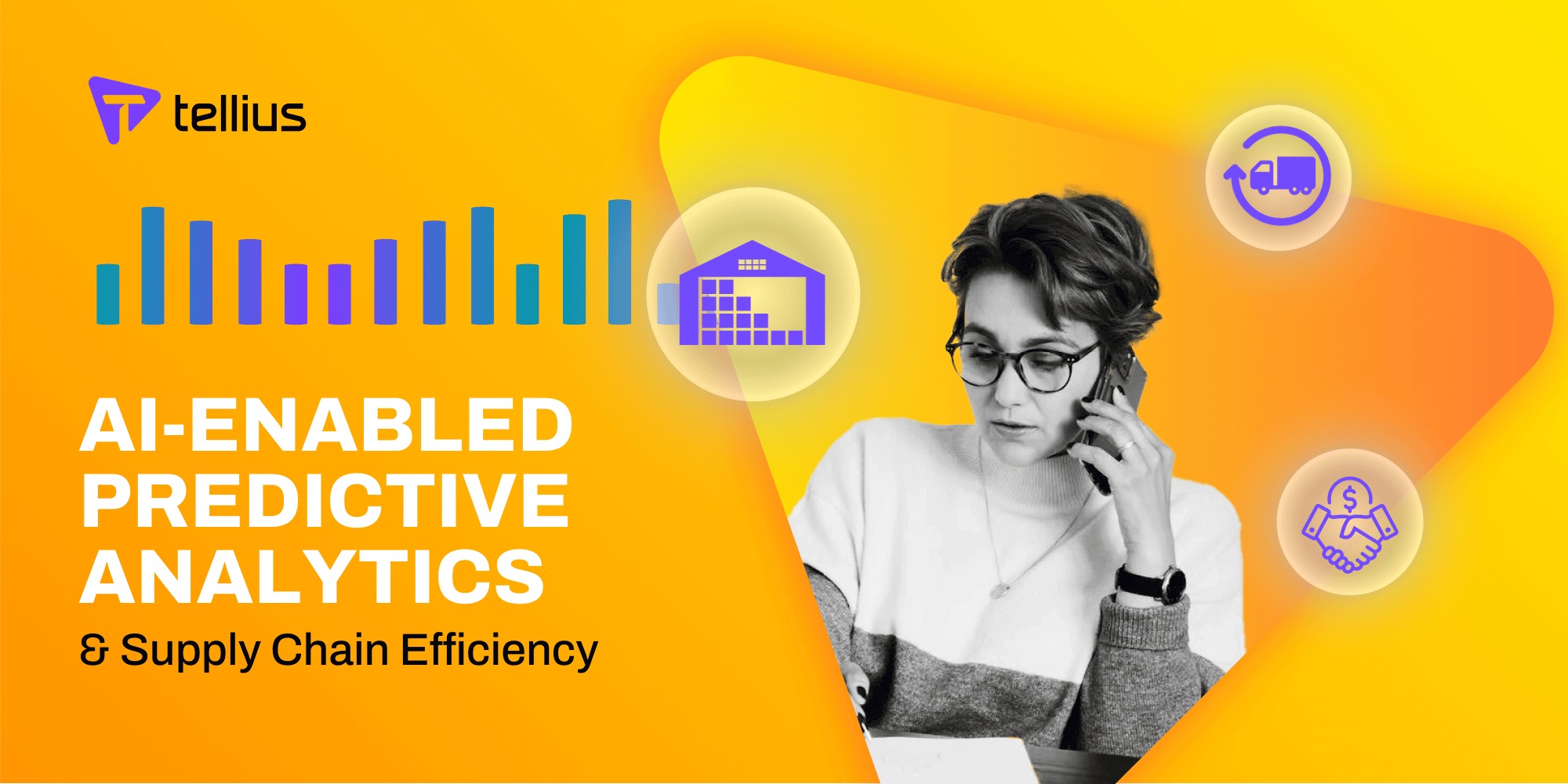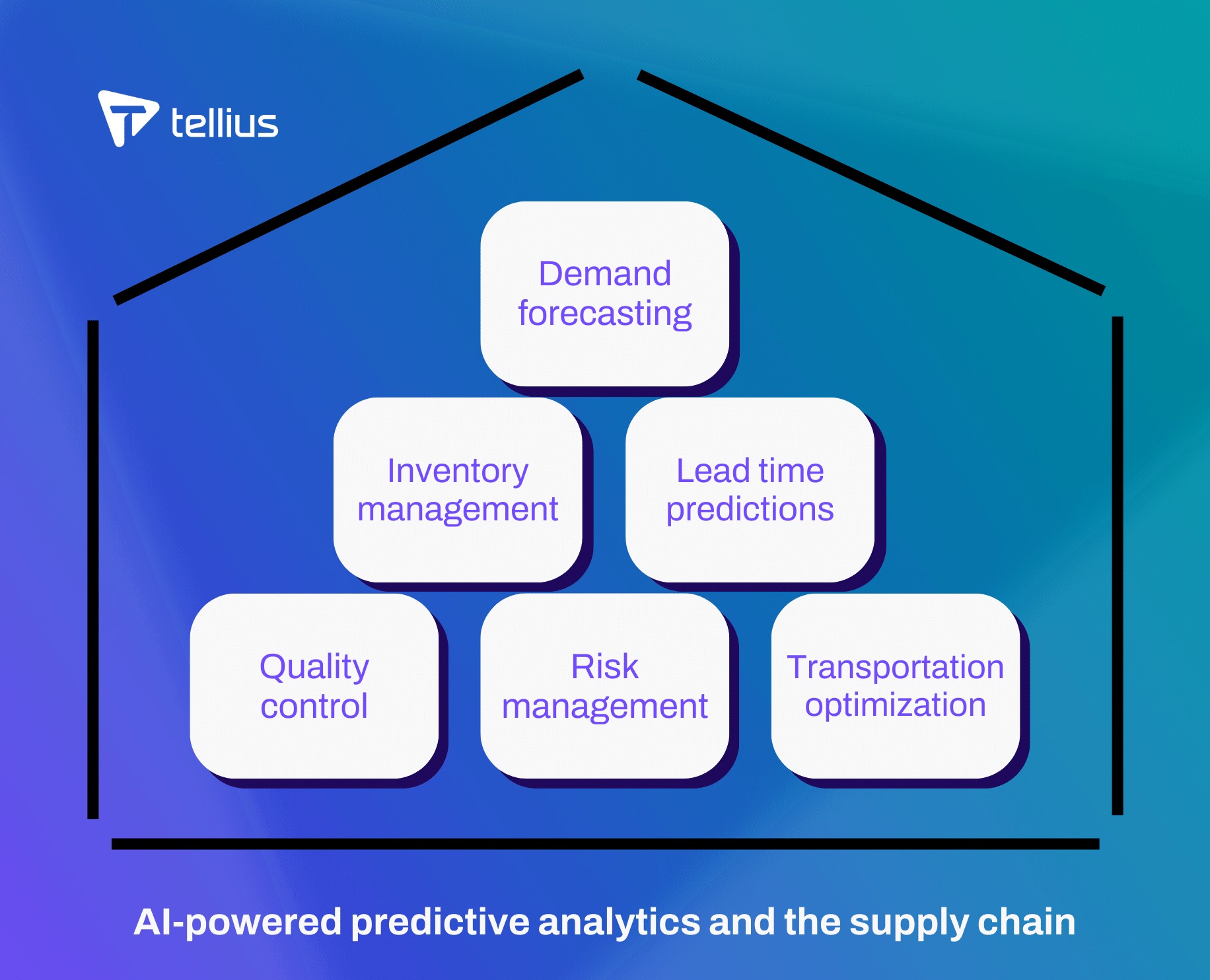The Power of Predictive Analytics: Unlocking Future Insights for Smarter Decisions
 Tellius Usa
Tellius Usa
Predictive analytics is transforming the way businesses and industries operate, allowing them to forecast future trends and make informed decisions based on data. As organizations continue to embrace data-driven strategies, predictive analytics has emerged as one of the most valuable tools for gaining a competitive edge. It uses statistical techniques, machine learning algorithms, and data mining to analyze historical data and predict future outcomes, helping businesses stay ahead of market changes, customer preferences, and operational challenges.
What is Predictive Analytics?
Predictive analytics is a branch of advanced analytics that focuses on using historical data to make predictions about future events. By identifying patterns in past behavior, businesses can forecast future trends, anticipate risks, and make more informed decisions. It goes beyond simply analyzing what happened; predictive analytics helps businesses understand what is likely to happen and why.
At its core, predictive analytics uses data modeling, machine learning, and statistical algorithms to analyze large volumes of data. These models are trained on historical data to recognize trends, correlations, and patterns. Once trained, the models can be applied to current data to generate predictions, allowing organizations to make proactive, rather than reactive, decisions.
Key Benefits of Predictive Analytics
1. Improved Forecasting and Planning
One of the main advantages of predictive analytics is its ability to provide accurate forecasts. By leveraging data from sales, customer behavior, or market trends, businesses can anticipate future demand, plan inventory, optimize staffing, and improve production schedules. Accurate forecasting is critical for supply chain management, ensuring that companies have the right resources in place to meet future demand without overstocking or shortages.

2. Enhanced Customer Insights
Predictive analytics offers a deeper understanding of customer behavior by analyzing past interactions, purchase histories, and preferences. This enables businesses to personalize marketing campaigns, tailor recommendations, and improve customer retention. For example, predictive models can identify customers who are likely to churn and allow companies to intervene with targeted retention efforts before they leave.
3. Risk Mitigation
Predictive analytics can help businesses identify potential risks before they materialize. In industries such as finance and insurance, predictive models are used to detect fraudulent activities, assess credit risks, and evaluate the likelihood of default. By anticipating risks, companies can implement strategies to mitigate losses and protect their bottom line.
4. Operational Efficiency
Predictive analytics can streamline operations by optimizing processes and reducing inefficiencies. In manufacturing, predictive models can forecast equipment failure, enabling proactive maintenance and minimizing downtime. By predicting demand and aligning production schedules accordingly, companies can also optimize resource allocation and reduce waste.
5. Data-Driven Decision Making
At its core, predictive analytics empowers organizations to make smarter decisions based on data rather than intuition. By relying on data-backed predictions, businesses can reduce uncertainty and increase the likelihood of achieving desired outcomes. Whether it’s launching a new product, entering a new market, or allocating resources, predictive analytics provides a solid foundation for informed decision-making.
Applications of Predictive Analytics
Predictive analytics has a wide range of applications across various industries:
Retail: Predictive analytics is used to forecast demand, optimize pricing strategies, and personalize marketing offers. Retailers can also predict customer preferences and adjust inventory accordingly.
Healthcare: In healthcare, predictive analytics can identify patients at high risk of disease, anticipate treatment outcomes, and improve resource allocation in hospitals.
Finance: Financial institutions use predictive analytics to assess credit risks, detect fraud, and improve investment strategies. It also helps in personalizing financial services for individual customers.
Manufacturing: Predictive maintenance models can forecast when equipment is likely to fail, allowing manufacturers to perform maintenance proactively and avoid costly downtime.
Marketing: Marketing teams can use predictive analytics to identify leads that are most likely to convert, optimize customer targeting, and forecast the effectiveness of campaigns.
The Future of Predictive Analytics
As technology continues to evolve, the future of predictive analytics looks promising. Advances in artificial intelligence (AI) and machine learning will further enhance the accuracy of predictions, allowing businesses to make even more precise forecasts. Moreover, the integration of real-time data with predictive models will enable companies to make faster, more agile decisions in response to changing market conditions.
Predictive analytics is also becoming more accessible to businesses of all sizes. As cloud-based analytics platforms grow, companies no longer need to invest in expensive infrastructure or large data science teams to reap the benefits of predictive insights.
Predictive analytics is revolutionizing the way businesses operate by providing valuable foresight into future trends and potential outcomes. By using historical data to generate predictions, companies can improve forecasting, enhance customer experiences, reduce risks, and increase operational efficiency. Whether you are in retail, finance, healthcare, or manufacturing, embracing predictive analytics can help your organization make smarter, data-driven decisions and stay ahead of the competition. As this technology continues to advance, the potential for businesses to innovate and optimize their operations through predictive insights will only grow.
Subscribe to my newsletter
Read articles from Tellius Usa directly inside your inbox. Subscribe to the newsletter, and don't miss out.
Written by
